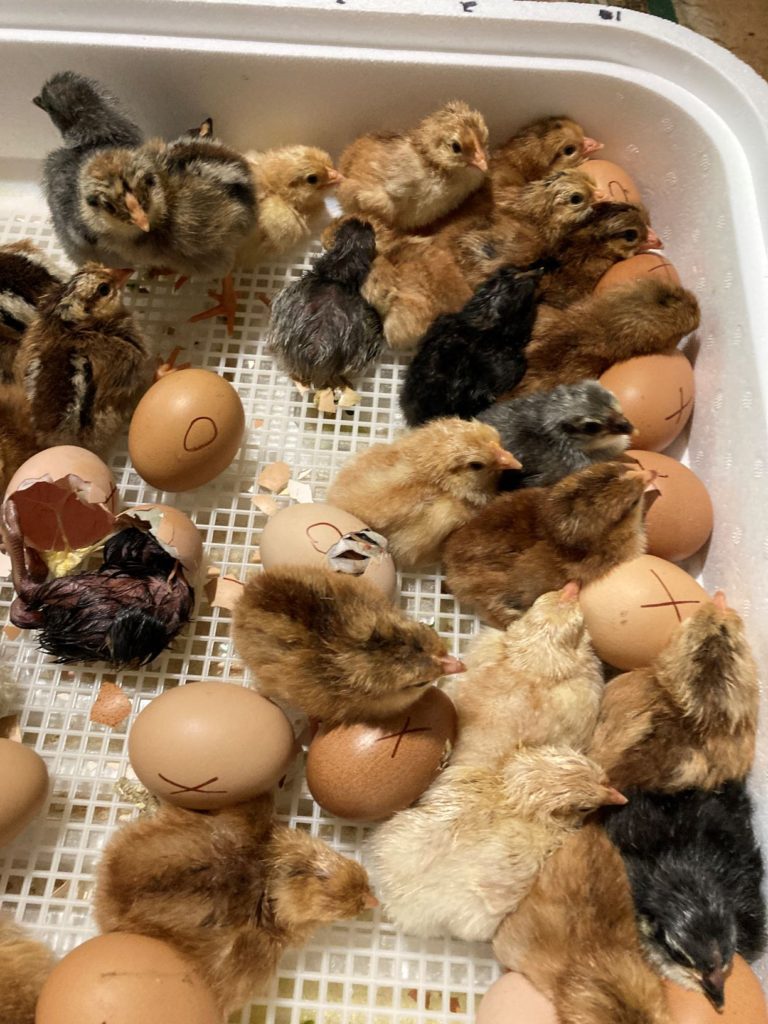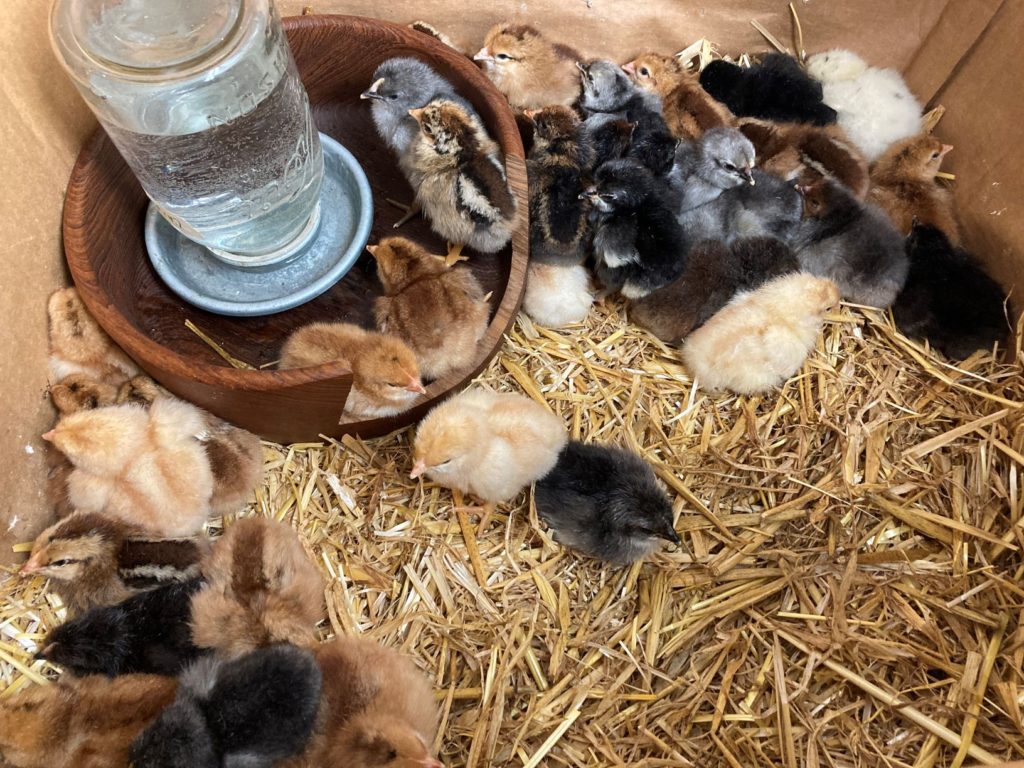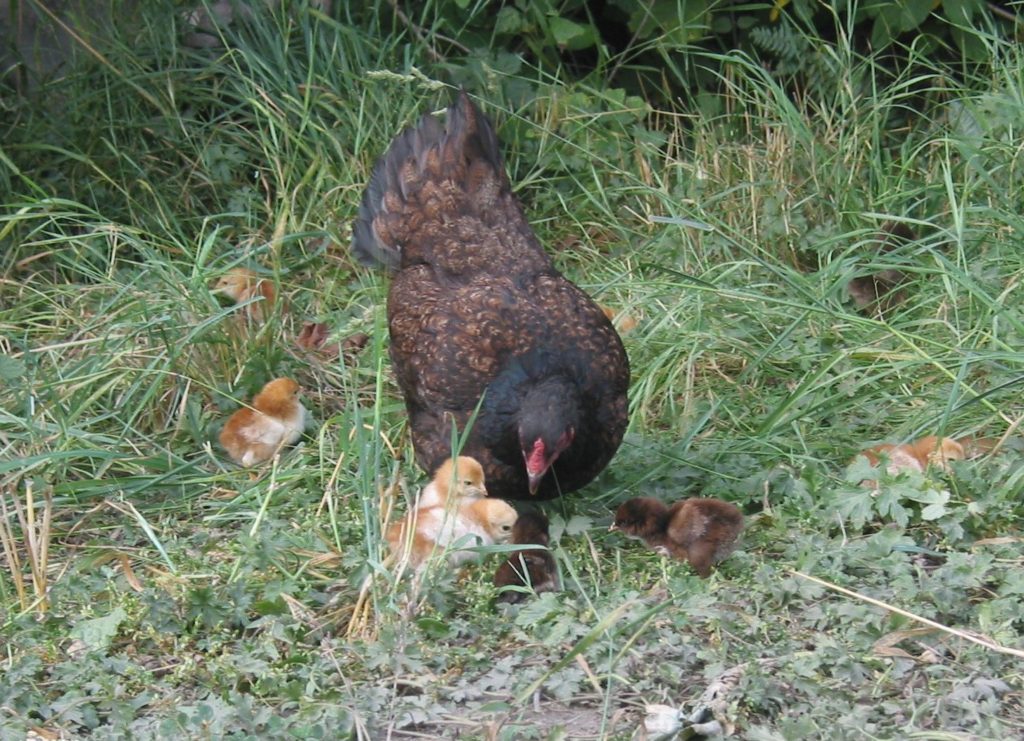
Don’t count your chickens
Do you remember the beautiful chicks that we incubated in April?
Well, now they have become the young hens and roosters you see below. They are growing well, and enjoying a safe and happy, though perhaps boring, life in the barn. The hens will begin laying eggs in a couple more months. Unfortunately, that isn’t soon enough.
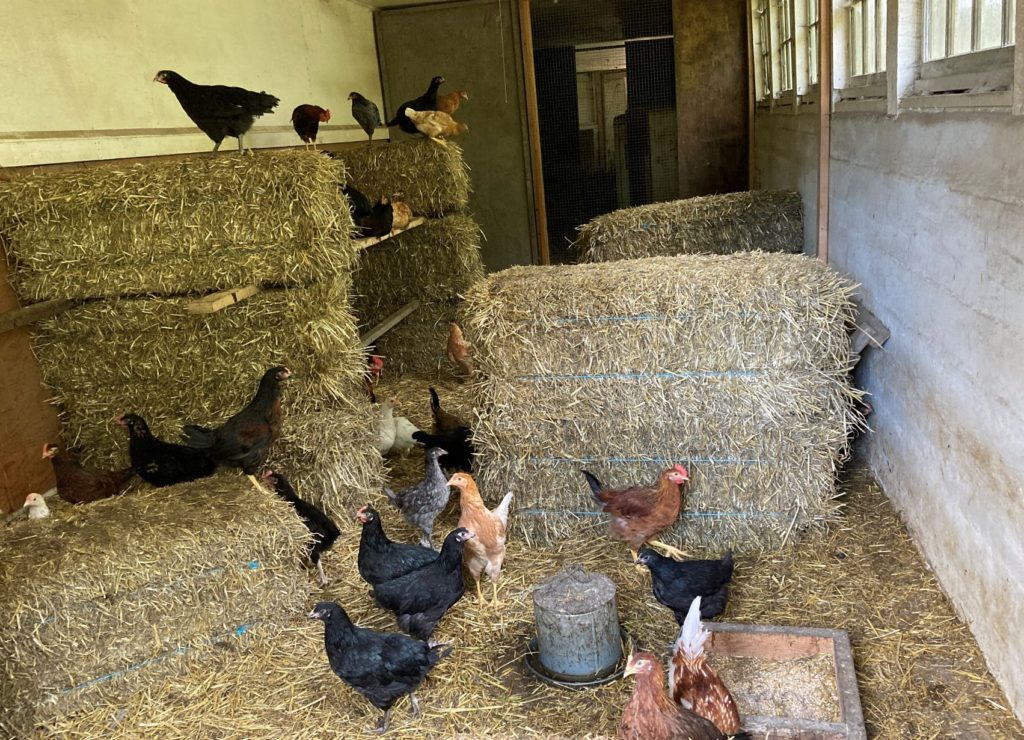
We have been challenged this year in our egg production.
When we called this winter to place an order for our usual 40 February hatchery chicks, we learned that there were none available until March. Since the beginning of the pandemic, so many families have been inspired to raise a few backyard chickens that the hatchery is not able to keep up with the increased demand. Who would have thought that such small changes could have such a ripple effect in our agricultural system? Unfortunately for Wild Edge Farm, a March hatching of mail order chicks means that instead of our new chicks beginning to lay eggs in July like they would if they hatched in February, the March chicks would not be mature enough until August. This might seem a small thing, but we count on the new layers to come into their full laying cycle in July so that they coincide with the diminishing egg count from the more mature hens as they begin to slow down from their spring flush.
Having to wait until August wasn’t ideal, but we knew we could make it work, and placed the order. Unfortunately, those newly hatched chicks were left too long at a post office somewhere mid route, and came to us dead on arrival.
For years we’ve toyed with hatching our own chicks, but hatchery chicks offer several advantages: 1) you have the benefit of receiving (nearly) all female pullets, and 2) you get to choose from a wide variety of breeds with distinctive genetic traits. But with no time to lose, this spring we purchased two incubators, and in April enjoyed the very exciting process of selecting eggs, setting them up in the incubator, keeping track of temperature and humidity, and rotating them three times daily. Twenty-one days later we were very pleased with our resulting 125 chicks! With only about half of these likely to be female, though, we will only increase our flock by 60 or so, although we should have some good roast chicken once the roosters get plump! And we are pleased with the genetic diversity in the chicks. However, these chicks will not be able to reinforce the egg supply of our current flock until November 1. And especially this year, that is not at all soon enough.
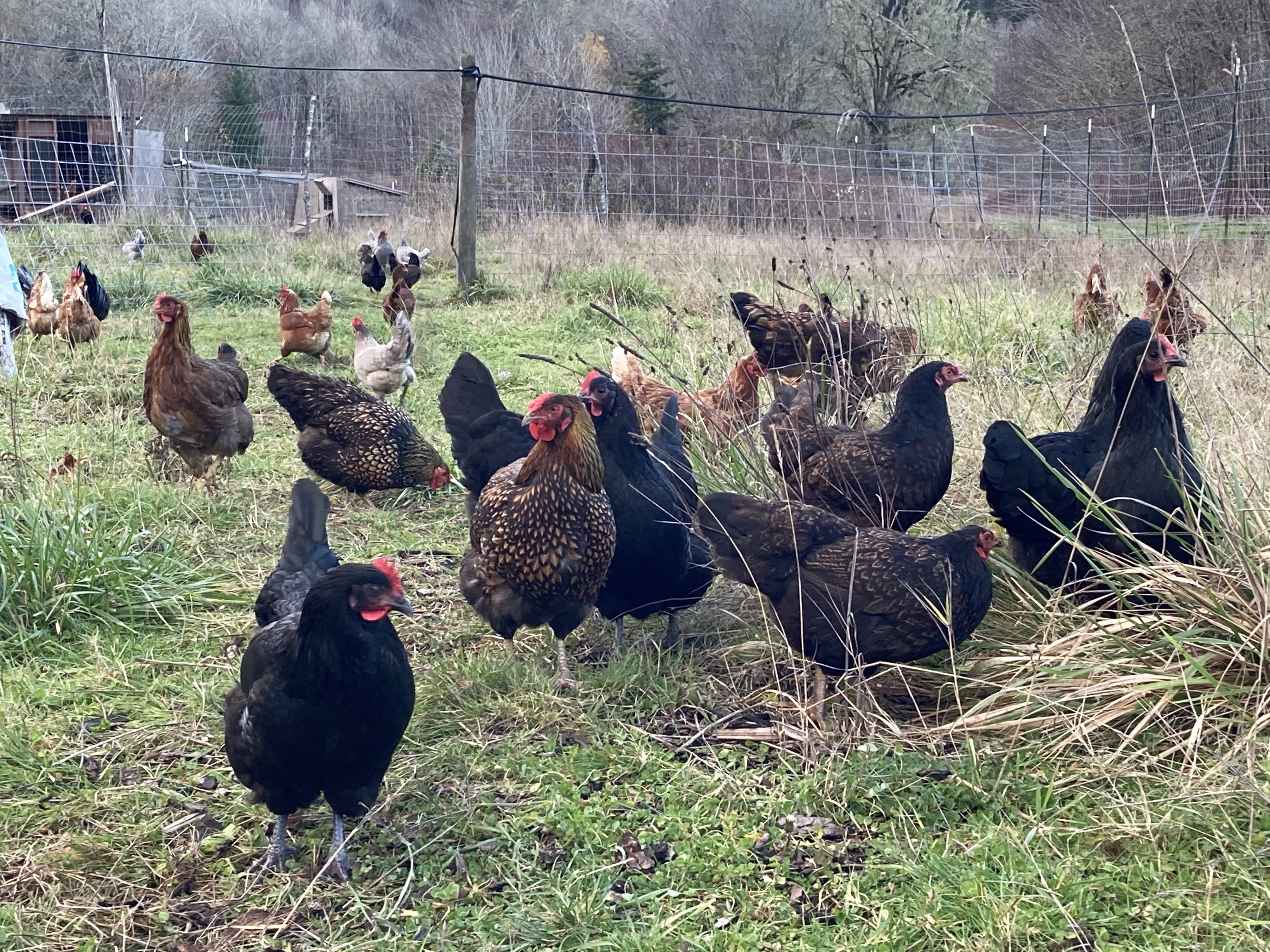
Our egg numbers have naturally lowered from the 40 or so eggs we were receiving per day in May, but persistent predation, particularly by some resident ravens, has lowered the number to the extreme. The ravens fly into the coop and steal the eggs. They have also killed as much as 2/3rds of our flock. We are now down to less than one dozen eggs per day, and the flock of 70 hens we had in March has been reduced to a count of 25 this morning.
The dilemma for us is that we know the hens could be safer if we enclosed them in their coop (which we did for about a month in the spring), but our desire is for pastured hens. Pasturing our animals is good for our soil, good for our soul, good for the birds, and good for the nutrient levels in our produce, meat and eggs. The question is how to strike that safety balance, a question we haven’t resolved yet.
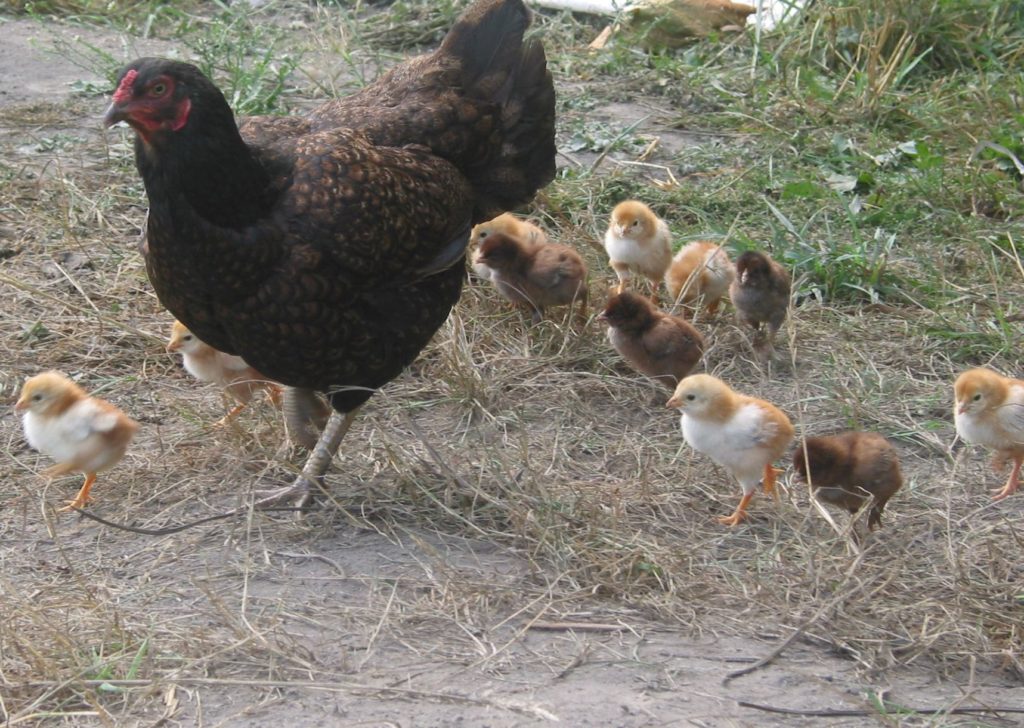
This quandary is exacerbated by the fact that last year was a best ever, with the hens and roosters roaming freely and undisturbed in the 1 1/2 acre fenced portion of our farm. It was the first year we successfully kept them inside this safe enclosure, and they scratched and pecked, hatched a few chicks, fertilized the soil, and cleaned up our pasture nicely. We anticipated that this year would be the same, but it’s a good reminder — don’t count your eggs before they’re laid!


